Information about region where Higher Educational Institution of program is located

Kostanay region is located in the Northern part of Kazakhstan and was established in 1936. The administrative center is Kostanay city, founded in 1879 and located on the bank of Tobol river. The territory of the region is 196 thousand sq. km. The region includes: 16 districts.
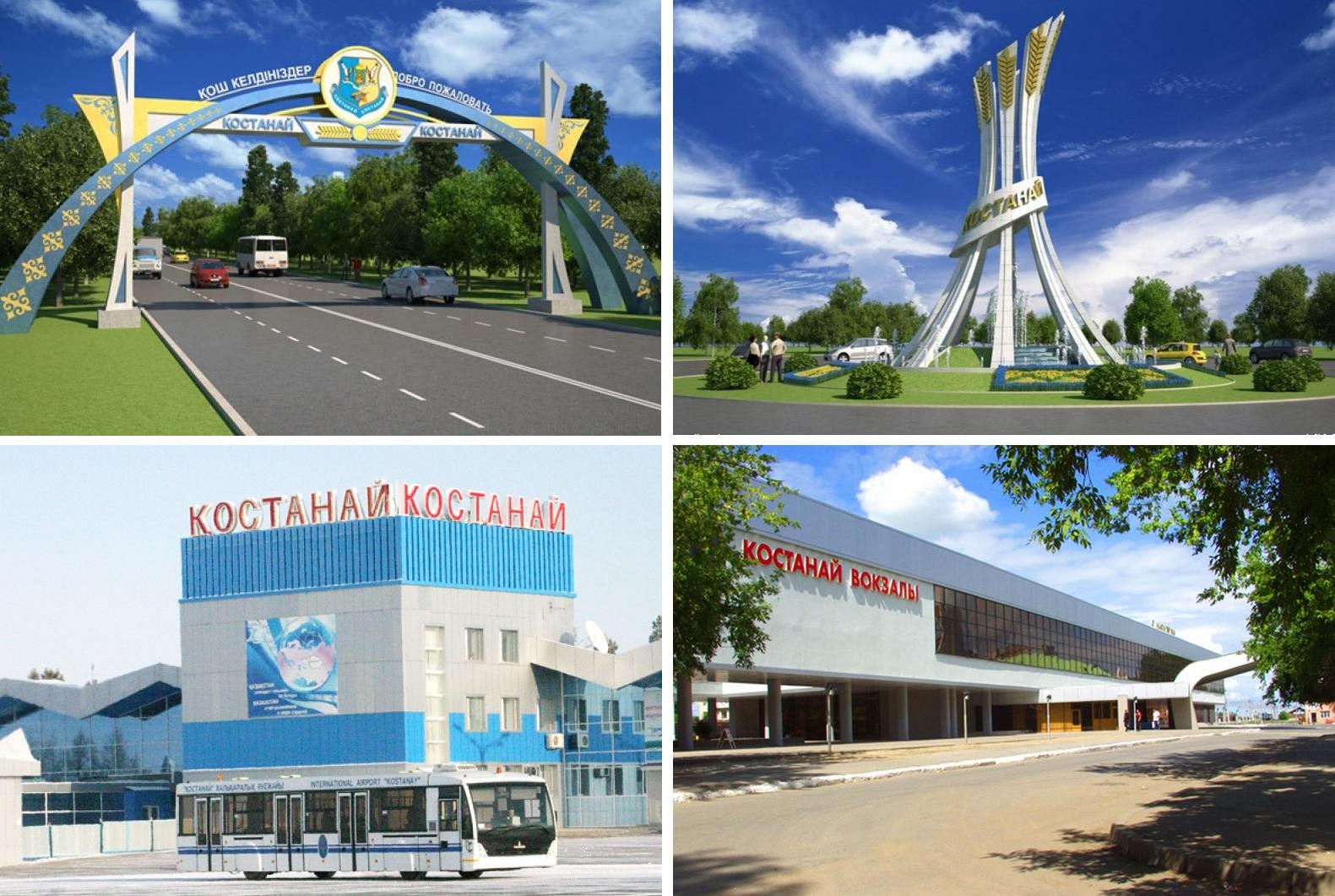
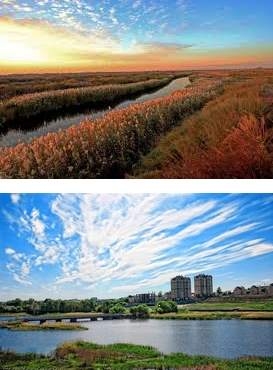
Natural and climatic conditions
The climate is continental and extremely dry. The winter is lasting, frosty, with strong winds and snowstorms. The summer is hot and dry. Annual amount of precipitation is 250-300 mm in the north and 240-280 mm in the south. Vegetation period is about 150-175 days in the north and 180 days in the south.
In the region there are over 300 rivulets. The largest rivers are the Tobol (800 km within the region) together with tributaries and the Torgai (390 km). There are more than 5 thousand lakes in the region, the largest of them are: Kusmyryn, Tengiz, Koybagor, Akkol, Sarykol, Alakol, etc.
The region has 354.4 thousand hectares of protected natural areas including Naurzum State Nature Reserve, 3 state natural (zoological) reserves and 9 state monuments of nature.
Population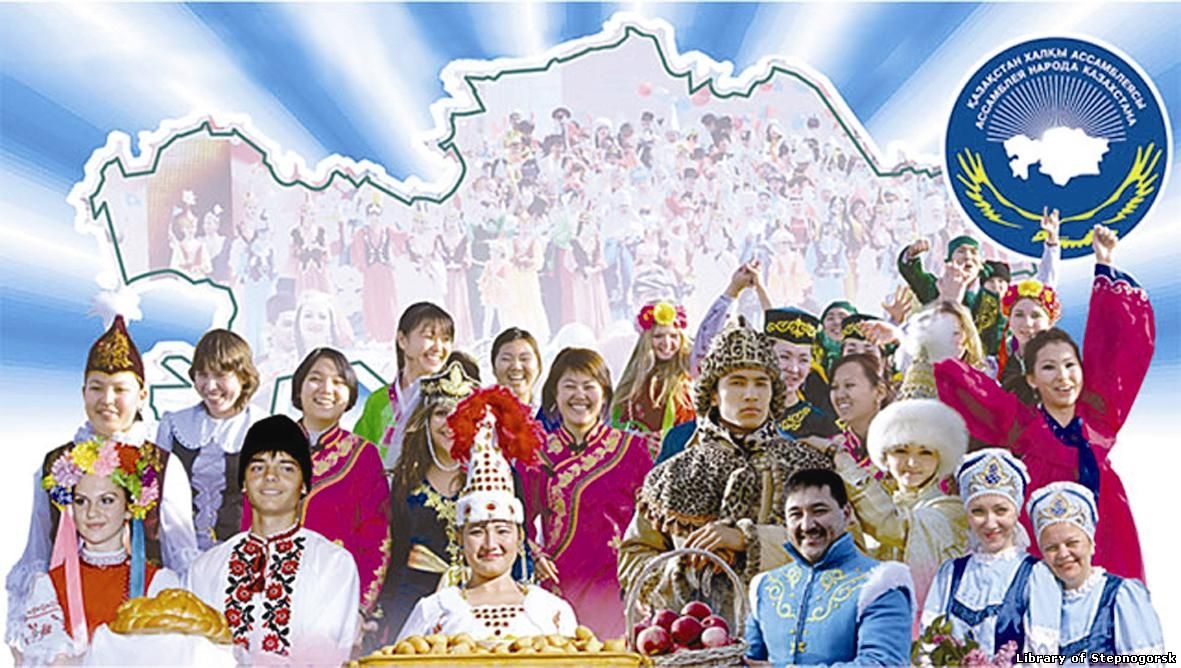
More than one hundred nationalities and ethnic groups live at the territory of the region.
Ethnic ration: 35.9% - Kazakhs, 40.7% - Russians, 11.5% - Ukrainians, 3.8% - Germans, 8.1% - other ethnic groups.
Population of Kostanay region amounts to 881.5 thousand.
Education and health care
There are 620 pre-school education institutions engaging 90,9% children.
41 institutions (including 32 state owned and 9 privately owned) engaged in technical and professional education. Total number of students is 25,482. Education is provided in 166 specialties under full-time and correspondence courses.
There 8 higher education institutions with 19,840 students in the region.
The health sector of Kostanay region includes 528 health care facilities. There are 1,705 doctors in the region.
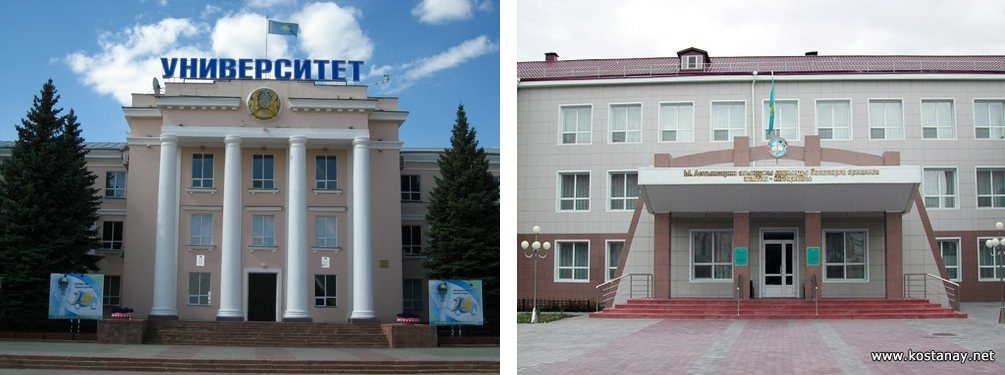
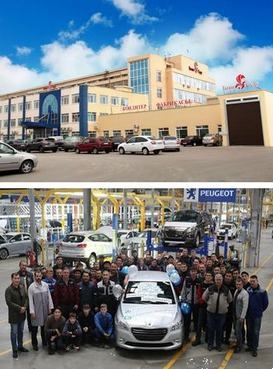 Industry and entrepreneurship
Industry and entrepreneurship
Kostanay region is one of the industrially developed regions of Kazakhstan.
There are mining, processing, motor industries, agricultural equipment production, light industry, food and beverages production in the region.Modern diversified industry of the region includes mills, factories, modern small-scaled enterprises.
Kostanay region is one of the largest mining regions of Kazakhstan. The enterprises produce up to 100 % of the national volume of iron ore pellets, bauxite and asbestos, 90% of iron ore.
The basis of the mining industry consists of such enterprises as JSC "SSGPO", JSC "Varvarinskoye", JSC "Kostanay Minerals", LLP "Metal Trading", Lisakovsk branch of LLP "Orken", the branch of JSC "Kazakhstan Aluminum" KBRU, the branch of JSC "Kazakhstan Aluminum" TBRU and others.
Manufacturing industry of region is represented the numerous enterprises of food, textile, tanning, shoe industry and mechanical engineering, such as “Bolshevichka Garment Factory” JSC, “Shoe Factory Alpamys” LLP, “Melkombinat” JSC, “DEP” JSC, “Kazogneupor” LLP, “Agromashholding" JSC.

The leading positions in industrial production of the Republic of Kazakhstan are taken by the Kostanay enterprises - “SSGPO” JSC, “Krasnooktyabrskoye Boksitovoye Rudoupravleniye” JSC, “Bayan-Sulu” JSC.
Agriculture
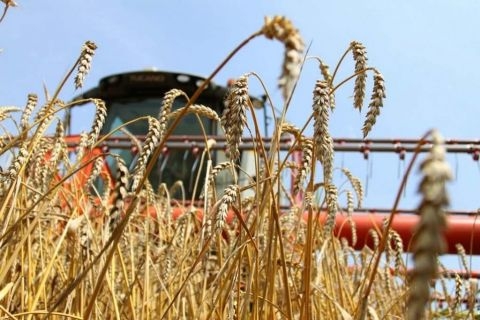
On the production specialization of agriculture the region belongs to the zone of the developed wheat and grain production, on which the strongly continental climatic conditions of region have huge impact.
The production of grain, meat, milk and eggs provides not only internal requirements, but also provides the possibility of export of grain surplus and livestock production outside of the republic borders.
The number of pedigree cattle as of January 2015 is 74 224 heads.
The number of poultry is 565 946.
Planned import of pedigree cattle is 1,300 heads in 2015.
There are 32 dairy farms and 33 feedlots in Kostanay region.
Milk production in 2014 - 79 890 ton.
Great people of Kostanay region
 Chokan Valihanov
Chokan Valihanov
Chokan Valihanov was born in November 1835 in the fortress Kushmurun (near Kostanay) in the family of senior Sultan of Aman Karagai district Chingis Valikhanova.
Chokan developed at early age and his main spiritual features were identified in childhood. In the autumn 1847, 12 years old Chokan, left his native steppe and accompanied by his father came to study at the Omsk Cadet Corps.
In 1853, at the age of 18 Chokan graduated Cadet Corps and was released as cornet «for the army cavalry». Social and literary activities of Chokan Valikhanov began immediately after graduation. Officially he was determined as an officer of the 6th Cavalry regiment of the Siberian Cossack Army, but he was by the Governor-General of Western Siberia. A year later he appointed as adjutant of General Gasfort, who at that time was a ruler of Western Siberia and north-eastern regions of Kazakhstan.
Chokan, being ready to serve his country, sought to productive and creative activity. From 1854 to1857 period of time Chocan takes an active part in resolving the issue of the peaceful accession of Kazakh Senior zhuz and Kyrgyz tribes Boke, Sarybagysh Salt to Russia. At the same time he began to go to study geography, history, customs and folk poetry of Kazakhs and Kirghiz.
From 1856 to 1857, he took part in a large military-scientific expedition organized by the leadership of Colonel M. Khomentovsky. The aim of the expedition was to familiarize with the Kyrgyz people and shooting the pool of Issyk-Kul.
Outstanding Kazakh scientist and educator Chokan Valikhanov left behind a vast literary legacy. During his short life he managed to write a number of works on the history, geography and ethnography of the peoples of Central Asia and Kazakhstan, as well as a considerable amount of works on socio-political issues. Despite his youth, it was a perfectly formed, a prominent scientist with an encyclopedic mind, managed to put in a new series of questions in contemporary science.
YbrayAltynsarin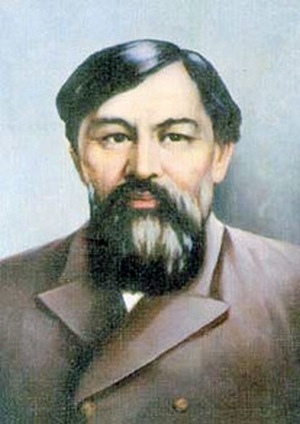
Ybray Altynsarin (1841 – 1889) was a major figure in pre-Soviet Kazakh history. He was the most prominent Kazakh educator of the late 19th century, during the period of Russian colonization of and cultural influence in Kazakhstan.
Altynsarin was born in the Araqaraghai region of Torghai oblast (now Kostanay Province), and in his early career was an inspector of Torghai schools.
He is best known for introducing a Cyrillic alphabet for the Kazakh language, and was a proponent of teaching in the Western style. However, he opposed the teaching of Orthodox Christian doctrines to non-Russian Kazakhs, but at the same time urged resistance to Tatar language and culture, in favor of Russian and Western influences. As an educator, he opened numerous Kazakh-Russian boarding schools, technical schools and schools for girls.
Altynsarin is also credited with authoring the first Kazakh grammar book, the first Kazakh-Russian newspaper, and with translation of a large number of textbooks and reference works. He was honored by the Imperial Russian government with numerous awards, including the title statski sovetnik (State Councillor).
A number of Kazakh institutions, including the Kazakh Academy of Education, Arkalyk State Pedagogical Institute and some streets, schools, and academic awards, are named after Altynsarin. There is an Altynsarin museum in Kostanay.
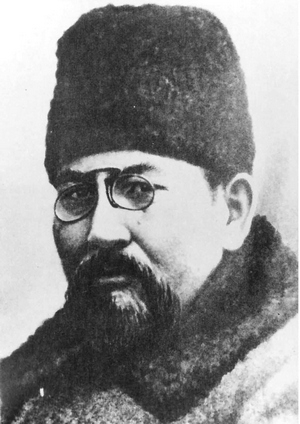 Akhmet Baitursynov
Akhmet Baitursynov
Politic, poetry, linguistics and education.
Akhmet Baitursinov (January 28, 1873 — December 8, 1937) was a Kazakh intellectual who worked in the fields of politic, poetry, linguistics and education. Baitursynov was born in what is today Kostanay Province, and was educated at the Orenburg Teachers' School. After graduating in 1895, Baitursynov held teaching positions in a number of cities in Kazakhstan, including Aktobe, Kostanay and Karkaralinsk.
The same year as his graduation, Baitursynov published his first article, "Kirgizskie primety i poslovitsy" ("Kazakh Omens and Proverbs") in a regional newspaper. While living in Ural city in 1905, he collaborated with other Kazakhs to form the Kazakh wing of the Constitutional Democrat Party. His involvement in politics probably led to his 1909 arrest and exile from the Steppe regions. After being exiled, he went to Orenburg.
When the Russian Revolution of 1917 occurred, Baitursynov returned to the steppes and began to work with the Alash Orda political party. With them, he fought for the Kazakhs to have an independent state. He began to work with the Bolsheviks in 1920 when they established their dominance over the region. He served as a Member of the Committee of Deputies of the Constituent Assembly and as Deputy Chairman of the Revolutionary Committee of the Kazakh Krai, as well as Commissioner of Enlightenment. In these capacities, he helped to reform education and to establish the first university in Kazakhstan.
However, in 1937, Baitursynov was arrested for hiding "bourgeois nationalist sentiments" and summarily executed. This had resulted in an outcry, which was quickly and bloodily silenced. To this day, he is held in great regard in Kazakhstan, but is viewed as somewhat tragic figure, signifying the extent of the numbers of authors, poets and thinkers who have perished due to the Soviet repressions.
Amangeldy Imanov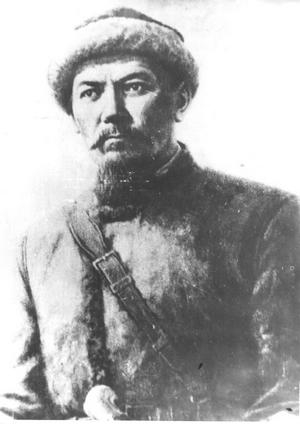
People warrior, the organizer of the national liberation uprising of the Kazakh people in 1916.
People warrior, the organizer of the national liberation uprising of the Kazakh people in 1916, a descendant of Iman Batyra associate and colleague Kenesary Kasymova. Amangeldi Kazakh born into a poor family, he studied at the aul mullahs enrolled in madrassas ishans Tasybaya and Tashmagambeta.
For his part in the armed struggle of the peasants against the rich landowners in prison (1896-1911). Managerial and leadership talent Amangeldi manifested in the national liberation uprising in 1916.
The uprising had a political significance, the number of the participating Sarbazy (soldiers) were 50 thousand people. Sarbazy Amangeldi 27 days besieged Torgau. The uprising lasted until the February Revolution in Russia.
In October 1917 - January 1918. Amangeldi actively participated in the establishment of Soviet power in Turgai and Turgay region, was the military commissar Turgay County. Joined the ranks of the RCP (b) under the influence of Alibi Dzhangildin participated in the Regional Congress of Soviets (Orenburg, 1918).
In July 1918, led a group of Soviet officials held elections aul and township councils.
Member of the 1st Congress of Torgai Council (21 March - 2 April 1918) in Orenburg. Military commissar Torgai County. After the liquidation of the Soviet power in Torghay (20 April 1919) was arrested, was the victim of internal strife.
He was buried in Alakol, reburied in 1940 in the town. On the tomb is a monument (sculptor H.Nauryzbaev).

